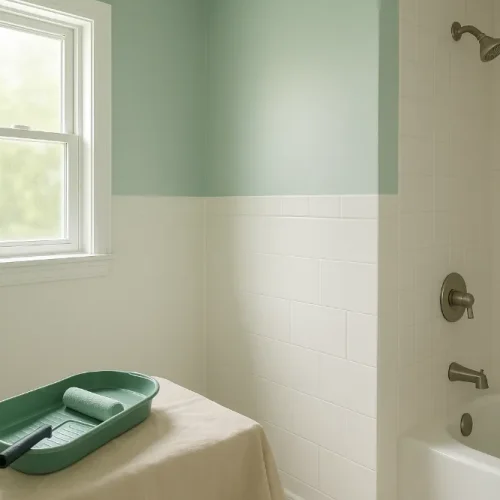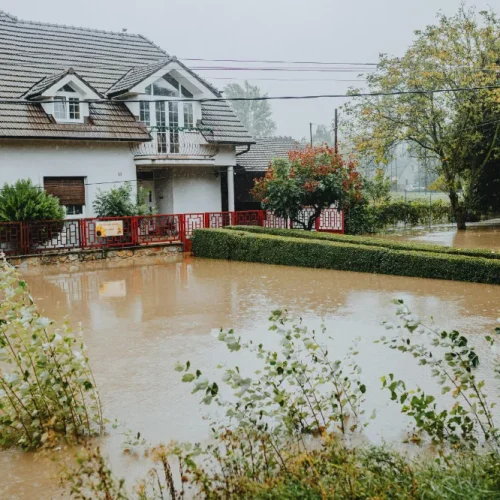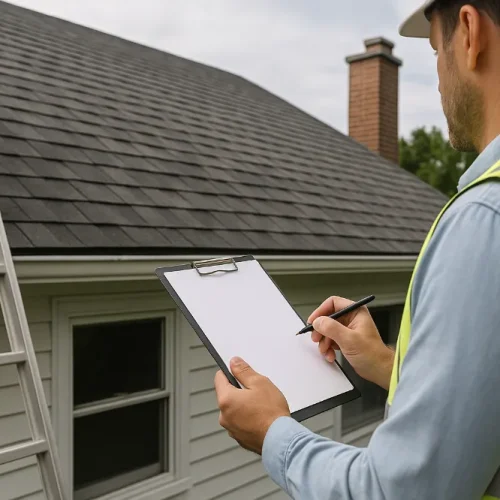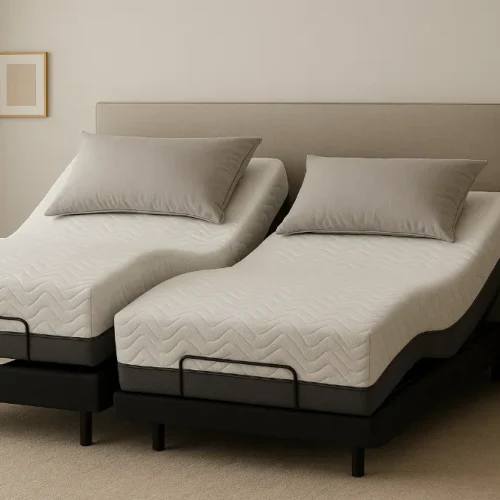The heating system is going down, and you are increasingly depending on your furnace, and the last thing that is desired is a malfunctioning furnace. Although with regular maintenance you will be able to prolong the life of your system, no furnace does not live forever. All homeowners would one day have to choose when to install a new furnace. By being aware of the early warning signs, you may prevent sudden failures and emergency repairs, which are very expensive.

If your system struggles to keep your home warm, makes strange noises, or causes rising energy bills, it may be time to consider furnace replacement. Replacing your old, highly inefficient furnace with a new, energy-efficient furnace also guarantees you comfort all year round, not to mention that there is a possibility of using less energy and improving the quality of the air in your home. It is best to identify the key indicators at an early stage so that you can schedule your upgrade before your system catches up.
1. Your Furnace Is Over 15 Years Old
The life of the average furnace is between 15 and 20 years, although this is determined by the brand, model, as well as the maintenance that is accorded to it. When your furnace is only near or even exceeds this age range, then you should begin to consider your replacement options. Although it is still operational, older units are also not energy efficient and prone to breakdowns. Modernization to a new furnace will help you to save money in the long run by replacing the cost of repair and also decreasing utility bills per month.
2. Frequent Repairs and Rising Costs
Assuming you have already made more than a few calls to a technician over the last year, the cost of repair charges can easily run high. It is very common to find that your furnace needs frequent repairs, which means it is almost reaching its end life. Instead of spending more money on making temporary solutions, it is wiser to invest in a new system that would be less expensive. Not only does a new furnace save you on maintenance costs since it does not require constant repairs, but it also has warranties that save you the unnecessary costs.
3. Uneven Heating Throughout Your Home
Have you ever noticed that some rooms are warm and some are cold? Fluctuating temperatures may indicate that your heating system is performing poorly in evenly heating the home. This may be explained by a malfunctioning blower motor, damaged ducting, or just inefficiency of the system. A replacement of your furnace by your technician will restore balanced comfort in the whole house in case he verifies that it is the cause of the problem.
4. Increasing Energy Bills
An increase in your heating bills suddenly or consistently at a steady rate, despite the fact that you may not have changed your habits regarding usage, may warn you. Old furnaces become inefficient and therefore have to work harder to achieve the expected temperature. This wastes not only more power, but also puts more burden on your system. By replacing your old furnace with an ENERGY STAR(r) certified furnace, you can save yourself a lot of money on heating costs and environmental impact.
5. Strange Noises or Odors
A properly working furnace must be silent. When you begin to hear banging, rattling, or squealing noises, the possibility is that your components are worn out, or it may even be internal damage. In the same way, abnormal smells such as burning or dusty smells may indicate a problem, such as the formation of molds or excessive heating of the components. The disregard of the following warning signs can lead to the appearance of safety risks, such as a possible fire or carbon monoxide leakage. The issue of replacement can be considered safe because a professional examination can help to determine it.
6. Poor Air Quality and Excessive Dust
A defective or old furnace may affect the quality of your indoor environment adversely. In case you have observed the increased dustiness, aridness, and allergies, the furnace is no longer filtering the air well. The design of modern furnaces includes a high level of filtration that assists in eliminating dust, allergens, and pollutants from your home that making your air purer and healthier.
Final Thoughts
It is better to realize when it is time to change your furnace to avoid inconvenience, high prices, and even possible dangers to your safety. When your system exhibits any of these symptoms, it is prudent to get a checkup conducted by a reliable HVAC engineer.
Investing in furnace replacement is not just about restoring warmth–it’s about ensuring efficiency, reliability, and peace of mind. You will feel more than comfortable all winter with a modern, energy-efficient furnace, improved air quality, and savings that will last.
FAQs
Most furnaces last 15 to 20 years with proper maintenance.
Frequent repairs, uneven heating, rising energy bills, or strange noises are common warning signs.
Older furnaces lose efficiency and require more energy to maintain the same temperature.
If your unit is under 10 years old, a repair may be cost-effective; older models often benefit more from replacement.
Blocked ducts, poor airflow, or a worn-out furnace motor can lead to inconsistent temperatures.
Yes, modern ENERGY STAR® furnaces use advanced technology to cut energy use and lower bills.
Yes. Planning a replacement prevents emergencies during cold weather and ensures installation flexibility.
Absolutely. Older furnaces may circulate dust and allergens due to worn filters and components.
Banging, rattling, or squealing sounds often signal internal damage or loose parts.
An HVAC technician can assess your furnace’s efficiency, age, and safety to recommend the best solution.













